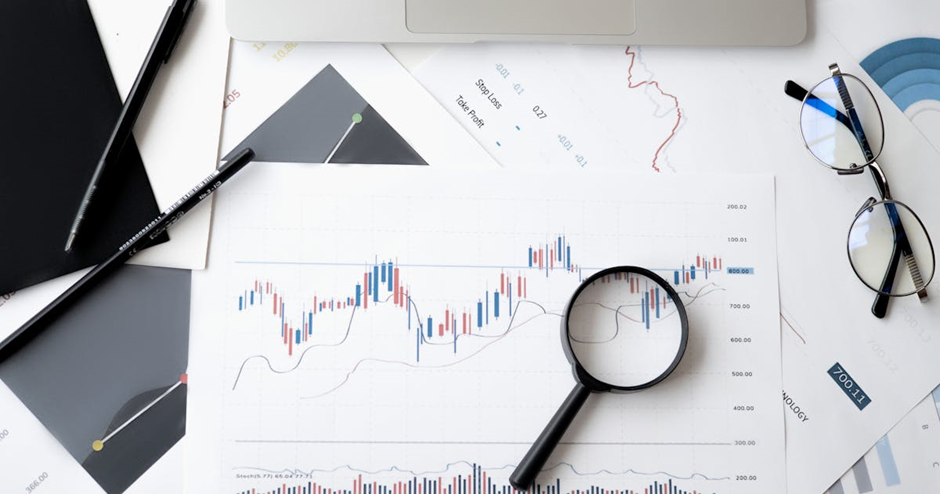What is Big Data and What is it For?
By: TextSpeakPro Editorial Staff
Published: 2024-04-12

Big Data is a much broader thing, and, to begin with, it can be defined as a combination of data — structured, semi-structured or unstructured — collected by organizations, from the most diverse forms and origins, whose possibilities of use are almost infinite, believe me.
The extracted data can be used in machine learning solutions, for example. Or predictive modeling. Or, even, for the creation of applications and systems capable of making the most advanced — and useful! — types of analysis.
In summary, Big Data allows businesses to leverage data gathered from social networks, financial transactions, market shelves, and other sources to get insights that might help them make better decisions.
Got it?
And anyone who thinks that data only started to be generated by humanity is mistaken. None of that! We have always been an inexhaustible source of data, tracks and footprints. For centuries. The big difference is: thanks to the technology we have at our fingertips, today we are able to collect and use them more intelligently.
Roughly speaking, Big Data is based on 3 major steps: collect, manage and analyze. And, for each of these steps, there are several techniques and tools that you need to specialize in if you want to understand the topic in depth.
The 3 V’s
You will hardly hear anyone talking about Big Data without mentioning the 3 V’s. Because these are the keys to a real understanding of the term and the variables that affect it. Are they:
Volume
The amount of data will always be an extremely important factor. Data that pops up non-stop on this planet, that is, such as those relating to click flows on a website or application, interactions made on a social network profile or captured by the sensor of a device that never turns off, you know?
When the subject was volume, we talked about Megabytes and Gigabytes. Then, we started talking about Terabytes, Petabytes, Exabytes, Yottabytes… Do you notice how the volume of data we generate has been growing dramatically and is a central point in Big Data?
Speed
When it comes to business, waiting 5 minutes may be too much for some companies. The closer to real time certain collections and analyzes are carried out, the better the results tend to be. Point.
Therefore, the speed required to collect and manage data is increasingly crucial to the efficiency and prominence of the most diverse types of business flows, from fraud analysis to payment releases.
Variety
There are even those who call Big Data Any Data (any data), and the reason is simple: today we already have the ability to collect and analyze all types of data: structured and unstructured, made up of words, from the product of sensors and navigation. on the Web… Data in audio, video, extracted from turnstiles, air conditioning plants, LinkedIn profiles… And so on, and it goes a long way!
Oh, and a lot of people now talk about the 5 V’s, including Value and Veracity.
Value
The information collected by Big Data solutions needs to be more than just data, it must add real value to the business.
In this world of fake news where people are bombarded with information 24 hours a day, we need to learn to separate the gold from the grains of sand so as not to end up investing time and energy in the wrong things, incapable of generating a return.
Veracity
It is important that Big Data solutions are able to clean, correlate and combine information in order to generate reliable analysis.
Why is it so vital, and what is its purpose?
Why is it so important? Well, companies use Big Data in their systems with the aim of optimizing operations, providing better customer service, creating personalized marketing campaigns and carrying out other actions with the potential to increase revenue and profits.
Companies that use Big Data more effectively have, without a doubt, a competitive advantage compared to those that do not. Because, among other things, they become capable of making more informed and agile business decisions. Stay ahead of the competition.
A company can, for example, use Big Data to better understand its customers, from the dreams they have to the places they frequent, and, based on this, create more efficient marketing campaigns, with a greater degree of personalization — a format that tends to have higher engagement and conversion rates. Get it?
Intelligent, real-time data analysis makes a company capable of monitoring the evolution of its customers’ desires and preferences, making it more responsive and assertive in each action.
Big Data is also very useful for doctors, researchers and scientists, helping to identify signs of diseases and risk factors, for example.
Or even in the early identification of infectious disease outbreaks, which can be done through the collection and cross-referencing of data from electronic health records, social networks, the web and other sources with the potential to provide relevant information about the health of a region, state Country…
Do you think it stops here?
None of that! Big Data can help gas companies identify sites with potential for drilling, it can help oil companies monitor pipeline operations… It can help financial companies with risk management and real-time analysis of essential market data.
Want more?
In the transport and logistics segment, Big Data plays a very important role in managing supply chains and optimizing delivery routes.




